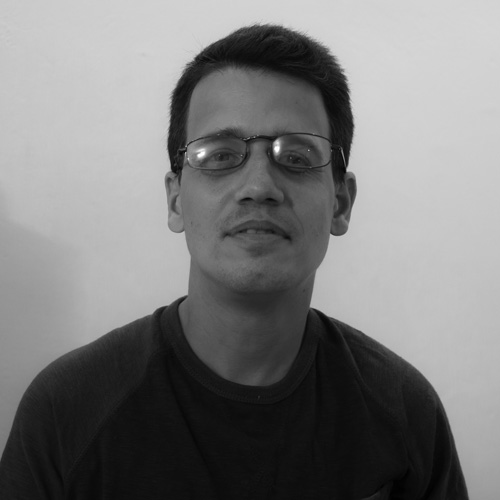Lazaro began to get interest in drawing as a self-taught since he was 14 years old, finding a unique way of expression to establish social relations. His desire would have been to be able to study at an academy of art, but his intellectual disability would have been a motive of immediate rejection for any Cuban institution of artistic formation. However, thanks to the family support and stability, he found at his home the possibility to create a desired world. He uses his excellent visual memory to find motives for its drawings in daily scenes he observed while he walks through different places of the city and also from actions, postures, or simple urban encounters and traditional familiar meetings.
At times and in a very peculiar way he creates his own vision of images seen in old Soviet magazines, very popular in Cuba during the decades of the 70s and 80s, as an alternative to be able to travel and to experiment unreachable places. In one way or another, human forms and its interaction are an element always present in his drawings, drawn in a singular way and in many instances lumped-together around common activities. At times he is also interested in individualizing these human representations: relatives, strangers or just inventions of his creativity that are out of context or located in little spaces. Nowadays his work has grown with an important versatility using different materials, in many cases old papers and cardboards that he reuses. After he finish his drawings, he rolls up it in big packages that he puts away jealously under his bed.
